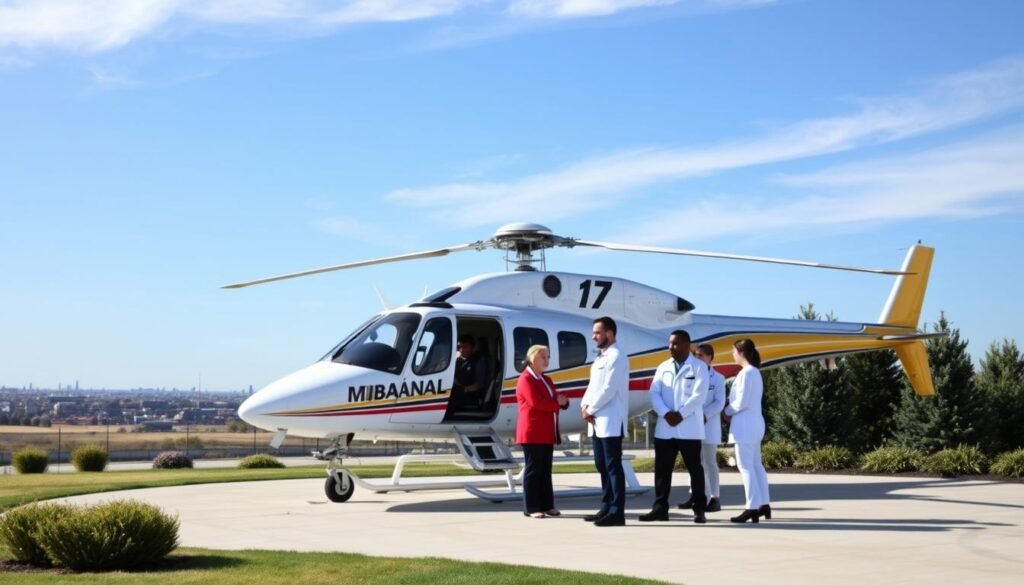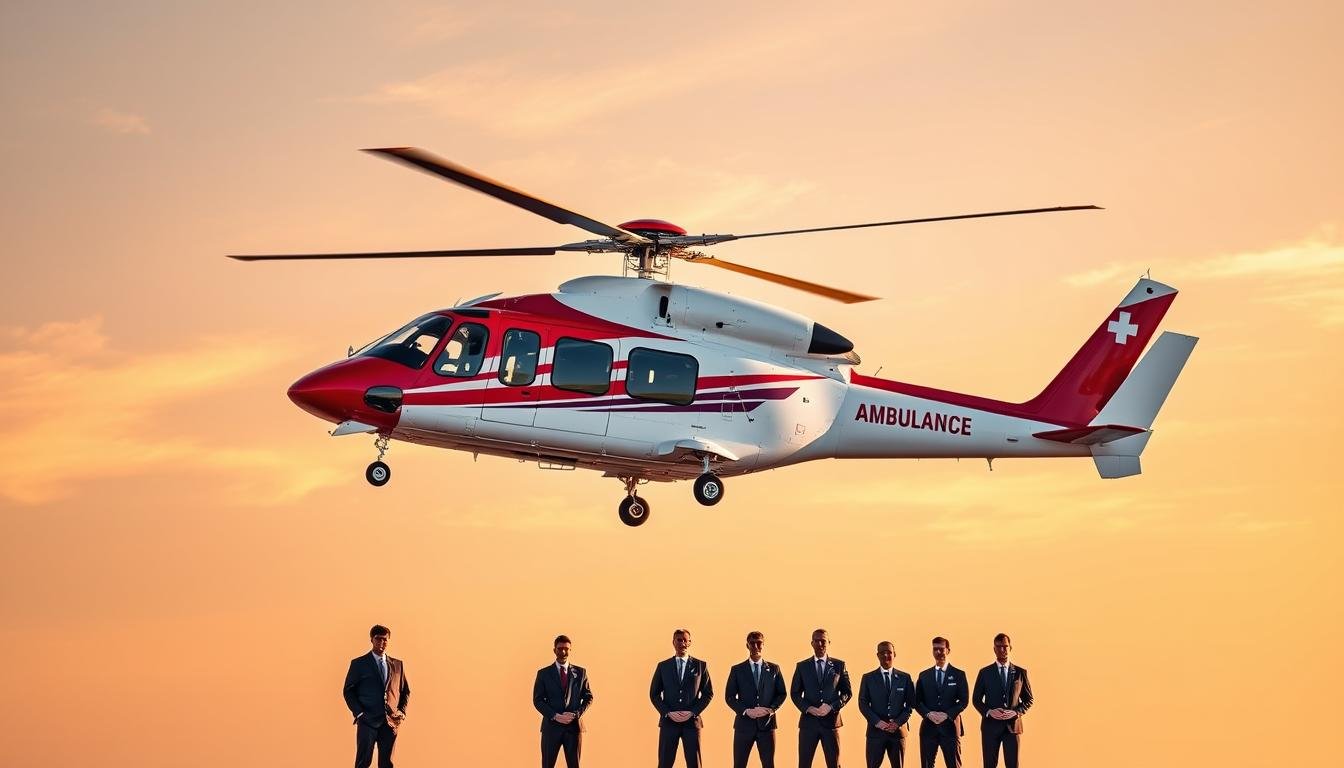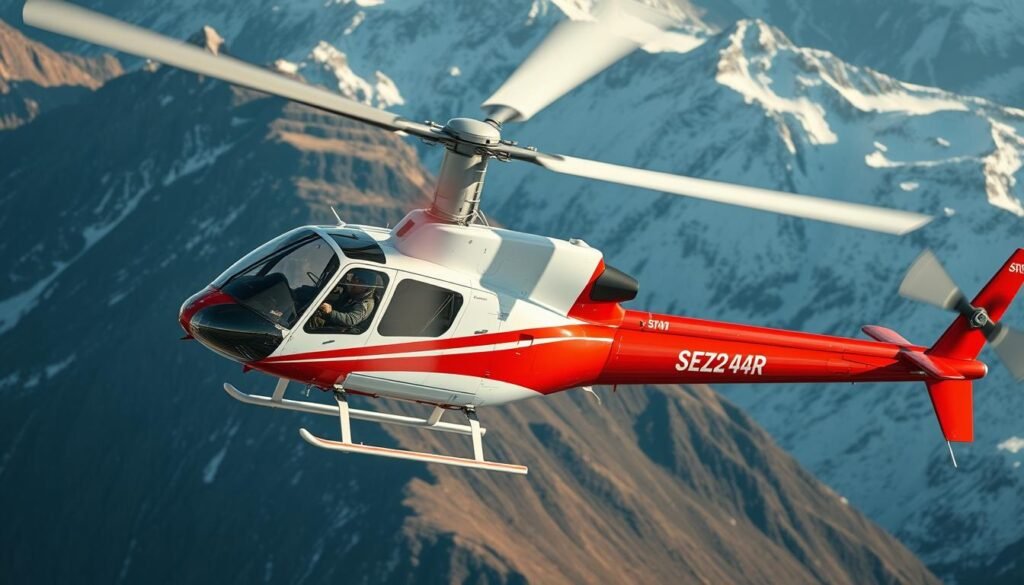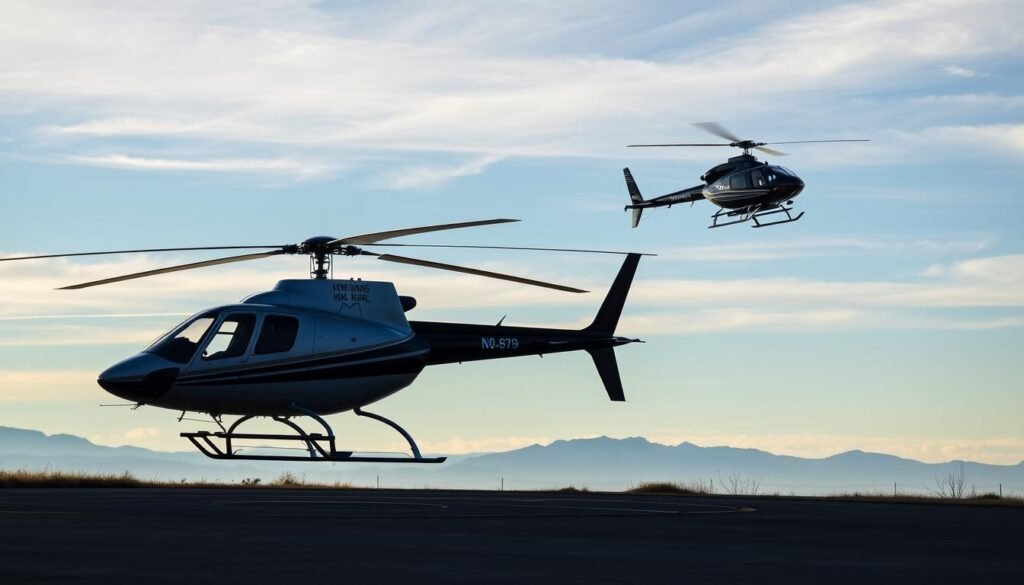“To save a life is as if one had saved all of humanity.” — adapted from a well-known moral teaching.
This guide surveys leading air ambulance providers that shape patient access across remote and rural locations. It explains how safety culture, fleet mix, and base footprint influence care and career choices.
Readers will learn how a few large companies position their air and ambulance services, and what that means for pilots, clinicians, and field staff seeking openings and jobs this year. The piece highlights operational scale, flight capabilities, and critical-care programs that drive outcomes.
Research-backed comparisons show why breadth of bases, aircraft type, and hospital partnerships matter for response times and for candidate experience. For a quick company summary and hiring trends, see a concise list at best companies for pilots and an industry hiring overview at top companies hiring pilots.
Key Takeaways
- Market growth is driven by rural need and tech advances in aviation and care.
- Safety record, base locations, and aircraft mix define a company’s profile.
- Hiring opens for pilots and clinicians vary by company scale and specialty programs.
- Research helps map career goals to realistic base and home-life expectations.
- Membership models and hospital partnerships affect patient access.
The U.S. Air Ambulance Market Today: Context, Growth, And Why Employers Matter
Access gaps in rural areas have increased reliance on rapid air transport to reach trauma centers and specialty care. Demand is rising as ground transit times remain long and local facilities lack critical services.
Improved aviation systems and advanced onboard equipment now allow clinicians to deliver complex interventions during flight. This progress lifts what a crew can do before arrival at a hospital.
Why employers matter: company choices on safety systems, training cadence, and base placement shape response times and patient outcomes. Candidates and leaders must weigh fleet mix, dispatch models, and clinical specialty depth when assessing a role.
Regions with dispersed populations depend on well-placed bases near referral hubs. Policies about home standby versus on-base duty also affect fatigue, retention, and service readiness.
Selection Criteria: Safety Culture, Bases, Fleet Type, And Clinical Capabilities
| Criteria | What To Check | Operational Impact | Example Metrics |
|---|---|---|---|
| Safety Culture | SMS maturity, training hours, reporting | Fewer incidents, better retention | Training hrs/year, event rates |
| Base Network | Number, location, proximity to hubs | Shorter response times | Avg response time, bases per region |
| Fleet Mix | Helicopters vs fixed-wing, IFR capability | Weather tolerance, range | Aircraft hours, IFR ops ratio |
| Clinical Capability | Specialty teams, equipment, protocols | Higher-acuity transports | Specialty missions/year, ECMO/neonatal cases |
Top EMS Helicopter Employers in the U.S.: A Product Roundup Of Leading Air Medical Companies
This section summarizes major air ambulance companies, emphasizing fleet mix, safety programs, and mission specialty so readers can compare service models.

“Service footprint and clinical capability often determine response speed and patient outcomes.”
PHI Air Medical: Nationwide Footprint, Safety Focus, And Specialized Transports
PHI operates more than 60 bases and blends helicopters and airplanes for scene and interfacility missions. It prioritizes safety culture and handles neonatal and ECMO transports with tight hospital coordination.
AirMedCare Network: Broad Regional Coverage And Membership Reach Across 38 States
AirMedCare spans 38 states with both rotor and fixed-wing options. Its membership model improves access for residents in underserved areas and supports varied mission distances.
Med-Trans Corporation: Multi-State Operations With Helicopter And Fixed-Wing Service
Med-Trans partners with hospital systems for streamlined transfers and scene response. Its mix of aircraft lets it match patient acuity to mission needs.
Life Flight Network: Nonprofit Model Serving Rural Communities In The Pacific Northwest
Life Flight Network focuses on remote and isolated areas, using helicopters and fixed-wing planes to bridge care gaps while coordinating with regional health systems.
Air Evac Lifeteam: 24/7 Emergency Response For Hard-To-Reach Areas
Air Evac Lifeteam operates around the clock across 15 states, emphasizing rapid launch and handoffs to receiving facilities in difficult terrain.
REVA Air Ambulance: Critical Care Expertise And Global Transport Capabilities
REVA offers jets and helicopters for international and domestic transfers, with strong experience in cardiac and neonatal high-acuity transports.
Angel MedFlight: Jet Fleet, High-Acuity Care, And Insurance Coordination
Angel MedFlight uses a dedicated jet fleet for complex critical care missions and assists with insurer logistics to simplify family and clinical coordination.
SkyMed International: North American Coverage And Medical Repatriation
SkyMed covers North America and nearby regions, focusing on repatriation, expatriate plans, and hospital-to-hospital transfers across borders.
Flight For Life: Critical Care Teams And Advanced Equipment For Complex Cases
Flight For Life fields specialized teams with advanced onboard equipment for domestic and international critical care transports.
MedAire: Global Assistance, Safety Standards, And Rapid Evacuation Coordination
MedAire provides evacuation coordination and high safety standards for corporate, maritime, and private clients needing fast access to care.
- Additional companies to watch include Air Methods, AMRG, CareFlite, Classic Air Medical, EagleMed, and Reach Air Medical Services.
Careers, Bases, And Work-Life: What Pilots, Clinicians, And Crew Should Know
How a program handles standby, launch times, and proximity rules often decides whether a role suits a candidate’s home life.
Schedules And Shifts: From Seven-On/Seven-Off To Rotating Twelve-Hour Duty
Schedules vary widely by provider and by base. Common patterns include 7-on/7-off, rotating 12-hour duty, and longer hitches such as 14-on/14-off.
Candidates should confirm which pattern applies to specific openings and whether overtime, duty-time limits, or travel pay apply.
Base Life And Response Times: On-Base Versus Home Standby And Proximity Requirements
Some crews remain on-site while others use home standby with strict rings and response-time windows.
Pilots and clinicians must check proximity rules, typical launch-time standards, and whether call-ins count as compensated travel.

Compensation, Benefits, And Safety Culture: How Employers Support Their Teams
Pay, PTO accrual, health plans, and retirement matching differ by company and by base. Safety culture affects scheduling fairness and fatigue risk management.
Practical checks include locker space, sleep rooms, training pay, and career paths such as preceptor or lead pilot roles.
- Ask about aviation decision authority and just culture to ensure conservative weather calls are respected.
- Confirm duty-time tracking, overtime rules, and home-to-base compensation during call-ins.
- Compare benefits across providers and use resources like helicopter job boards to research openings and jobs.
“Clear policies on standby and response time often predict better morale and retention.”
How To Choose The Right Air Ambulance Company Employer
Choosing a company demands a mix of research and realistic expectations. Candidates should compare fleet mix, base locations, and specialty mission volumes before deciding.
Compare Safety Records, Fleet Mix, Service Areas, And Career Growth Pathways
Start with objective measures: incident rates, training hours, and SMS maturity. Then layer fleet type—helicopter versus fixed-wing—and IFR capability to match mission needs.
Evaluate service areas and home rules to ensure response-time rings and proximity expectations fit family life. Check interfacility volume and specialty teams such as neonatal or ECMO to align with career goals.

| Factor | What To Check | Why It Matters | Sample Provider Fit |
|---|---|---|---|
| Fleet & Type | Helicopter vs fixed-wing, IFR | Determines range and weather ops | PHI Air Medical, Med-Trans |
| Service Area & Bases | Bases per region, home standby rules | Impacts commute, launch times | AirMedCare Network, Air Evac Lifeteam |
| Specialty Missions | Neonatal, ECMO, critical care | Shapes clinical experience | PHI Air Medical, REVA |
| Career Pathways | Upgrade timelines, preceptor roles | Affects long-term growth | Life Flight Network, Flight For Life |
Finally, review openings across companies and confirm how each integrates with regional hospitals and ambulance companies. Ask specific questions about maintenance control, NVG standards, and go/no-go authority.”
Conclusion
This closing summary helps readers match company profiles to personal goals across flight roles and service areas.
Key guidance: Compare safety records, training quality, and base placement against schedule needs and home proximity. Candidates should weigh specialty care volume, aircraft mix, and everyday comfort to pick a fit that supports life and growth.
Over the next year, demand in the air market will keep rising. Those who study mission types, flight standards, and pilots’ pathways gain an edge.
Thanks for reading. Thanks to transparent policies and strong culture, well-run programs convert good service into safer missions. Note also that others may match your priorities if they show consistent performance and support for crew stuff that matters.



